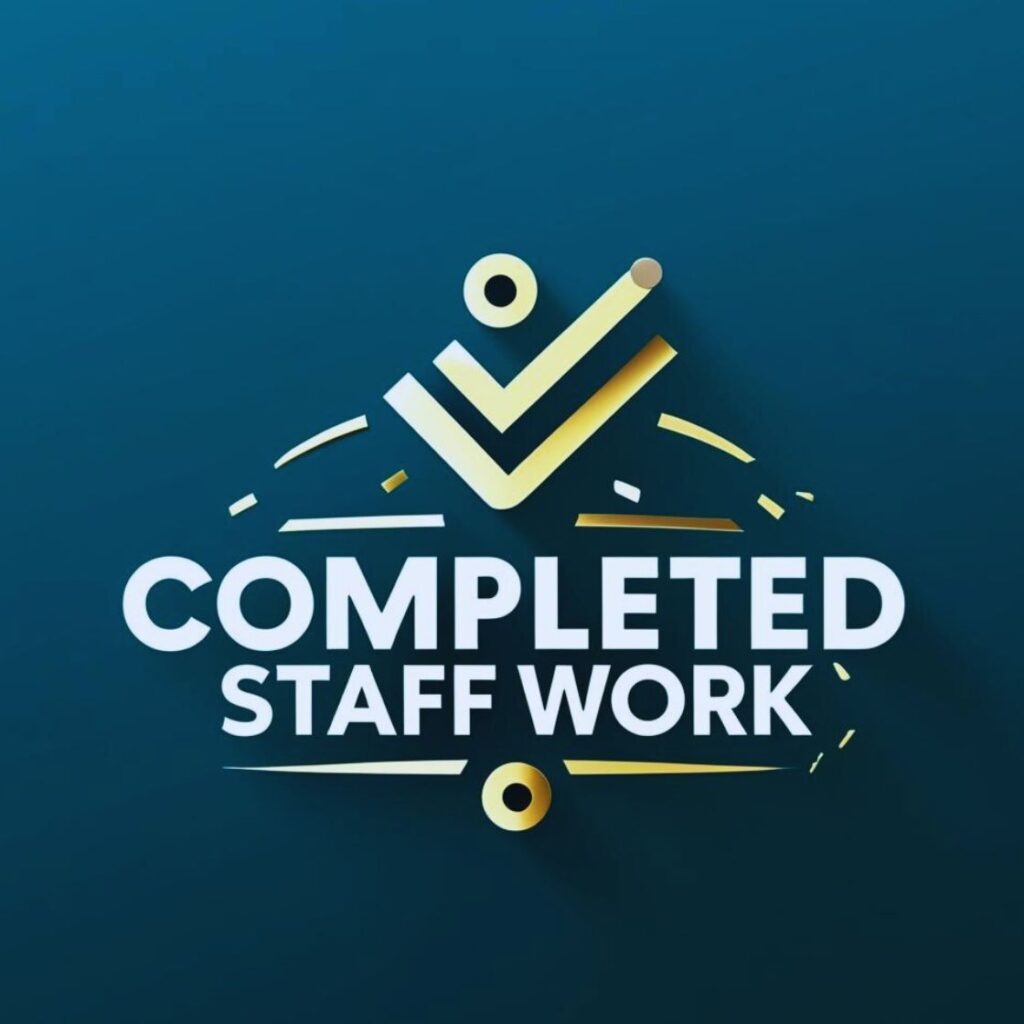Effective supervisors solve problems that hinder organizational success. They create and find opportunities. The ability to solve problems is an essential supervisor skill; you can learn to solve problems systematically.
Ana is a supervisor who avoids problems. She thinks that any problem her staff creates reflects her ability as a supervisor. Problems stressed her out. If you know someone like Ana, help her muster the courage to solve problems. Here are practical tips to help you get started.
🚀 Great leaders don’t just happen—they’re built, trained, and tested. Our leadership program gives you the blueprint to build the leader within. Ready to get started?”
How Supervisors Solve Problems
All supervisors must solve problems. But not everyone has problem-solving skills. Some supervisors avoid problems like a plague. But you don’t have to.
You can help organizations improve processes, develop people, increase profitability, boost productivity, and upgrade performance with excellent problem-solving skills. In addition, you can reduce waste and prevent problems from building up.
You will find below seven easy steps to improve your problem-solving ability.

1. Define the problem.
Is there a problem? Determine what it exactly is.
You will sometimes discover that your problem is a beautiful one that, once solved, will bring you better opportunities. There are problems that, although you cannot eliminate, you can minimize.
To define is to limit. You can categorize your problems first. This is akin to knowing your target.
- Productivity problem
- Performance problem
- Profit Problem
- Product Problem
- Process Problem
- People Problem
Yes, most of these problems are related to a people’s problem. But my experience taught me that training could not solve every problem. Sending people to classroom training assumes that the problem is a skill problem.
For example, I once consulted with a company whose business is in distribution. They also asked me to conduct salesmanship training. But during the salesmanship training, I discovered the problem was a process problem. I found quick and straightforward solutions that immediately increase their sales.
Of course, we continued the salesmanship training. But the real problem was the particular time of the day they met clients.
Let me point out that a problem is any challenge you need to solve. [mfn] Explore these 35 problem-solving techniques from Sessionlab.[/mfn] SIt does not have to be negative. Most supervisors get busy with firefighting; good supervisors are in creating opportunities. Both are solving problems.
Let us give examples of the typical problems supervisors face.
- absences of employees
- lack of commitment to the team
- too many errors
- the conflict between co-workers
- conflict with subordinates
- people don’t follow instructions
Before you try to find solutions, name your problem. At times, simply naming a problem gives you initial ideas for solutions.
2. Gather information.
Gather enough data.
Jumping to your default solution may not solve the problem. Einstein is likely correct. Your present problem is a product of your past thinking. But don’t take too long. Some problems need a solution now.
I often ask people to solve the insanity loop, a quick-team building activity. I used it to demonstrate that most people act without thinking. They look at the problem and do the most obvious solution. By the fourth minute, they start to think there is no possible solution to the problem.
That’s because they solve without gathering data.
Have you learned this in Scientific Method?[mfn] Study once again the Six Steps of the Scientific Method.[/mfn] We need to gather data once we have identified the problem. We’ll at least, that how it appears on paper.
But in truth, I say that we must gather data first so we can identify the real problem.
Gathering data is the most significant step in problem-solving. Without data, all we do is guesswork.
Remember the salesmanship training I mentioned above? The participants told me that they found it challenging to meet decision makers because, by the time they left the sales office, the decision makers were no longer in the stores.
That’s one piece of information that I was not aware of. Even the sales manager was not aware of that information too.
You don’t need to have all the data to act. Often, you only need enough ideas to find possible solutions.
3. Consider the alternate solutions to the problems.
Your first solution in mind is not always the best solution. That’s your default. Don’t jump into that.
Make a list of possible solutions. Generating possible solutions to your problems isn’t that difficult. You can bring your team to a brainstorming session. Please encourage them to think of many solutions to the issues you have identified, considering the data you have gathered.
They don’t need to defend whatever solutions they generate. You can use post-it notes. Or you can try my favorite Crazy 8s. [mfn] Crazy 8s is often used in Design Sprint. [/mfn] By exploring possible solutions (other than the obvious ones), you are allowing your brain to do the work.
Combine solutions to create new ones. Putting two or more alternate solutions together allows us to see limitless possibilities. It is one of the techniques in SCAMPER.[mfn] Interaction Design offers a clear explanation and examples of the use of the SCAMPER Method. [/mfn] Combining solutions works because it is like connecting nodes to create new shapes.
Consider opposite solutions too. This method is like putting contrasting colors together. For example, I once conducted a customer excellence workshop for a maritime training company. I asked the employees what they could do to provide the worst customer service experience. I encouraged them to think of experiences that would make the customers angry.
This is easy to do. Most of us must have experienced poor customer service before, and they only need to exaggerate it. The opposite of exaggeration is often a delightful experience.
Compare solutions, then prioritize them from most effective to least effective.
4. Pick the best solution.
As a supervisor, you can pick the best solution from the list. But working with your team communicates your desire for them to own the problem — and make the solutions work.
Doing steps 1, 2, and 3 makes your team stand out. They have invested time and effort. They’ll likely work with you till the end.
Please note that there are times when you need to be the one to pick the best solution. The management expects you, not your direct reports, to make the decision. It would be best if you decided which solution to use.
Understand that not every decision you make may appear “best” to everyone. Muster the courage to pick what you deem is best given your situation.
I often look for that one solution that makes all other solutions possible (or unnecessary) when done.
Rally people to support your decision.
5. Execute the best solution.
Understand that many meetings produced bright ideas that don’t get implemented.
If you are familiar with the 4 Disciplines of Execution, I encourage you to teach people how to apply them.
Understanding the four disciplines will ensure that solutions to your problems get done.
- Focus on a goal.
- Leverage actions.
- Engage your team.
- Make everyone accountable.
I recommend that you convert your solution into a goal. The formula is X to Y by When.
Most supervisors think that problem-solving skills are all about solving problems. The truth is that most supervisors fail to solve the problem because they failed to execute your solutions.
Problem-solving is about solution implementation.
Engaged and accountable people who do leverage actions solve problems.
6. Evaluate the impact of your solution.
When you do everything according to your plan, you can determine your solution’s true impact. Then, if your best solution solves the problem, let your staff know. Document when necessary.
I encourage people to measure both lead and lag measures.
Your leverage actions are the lead measures. Goals cannot be accomplished if the leverage actions are not done. Solutions don’t fail; people do.
Lag measures are the output, outcome, and impact.
Supervisors often report their outputs. Managers talk about outcomes. Leaders consider impact. The impact of your action must show transformation.
7. Adjust.
Even the best solutions can be improved. Find out how you can make your solutions work better and faster.
You can find other systematic and creative ways to solve problems. Always remember that there are better ways. Go to supervisor training to see more learning opportunities.
Always remember that you must step onto the plate and solve problems to become a better leader. You can involve your people in problem-solving, but you will not delegate everything to them.
And to build teams, you ought to make team members develop problem-solving skills.
Articles
You can find dozens of articles on leadership, personal development, and supervision on this website. However, I recommend that you consider the following articles first. Each can help you make better decisions as a supervisor.
No posts
Take Aways
- You can solve problems systematically in 7 easy steps.
- Problems are opportunities for improvement.
- Problem-solving is about implementing solutions.
- You can learn problem-solving skills through training.
- You can become a better problem-solver through practice.
Thank you for taking the time to read this guide. Through practice, you can solve problems in simple and easy steps.



